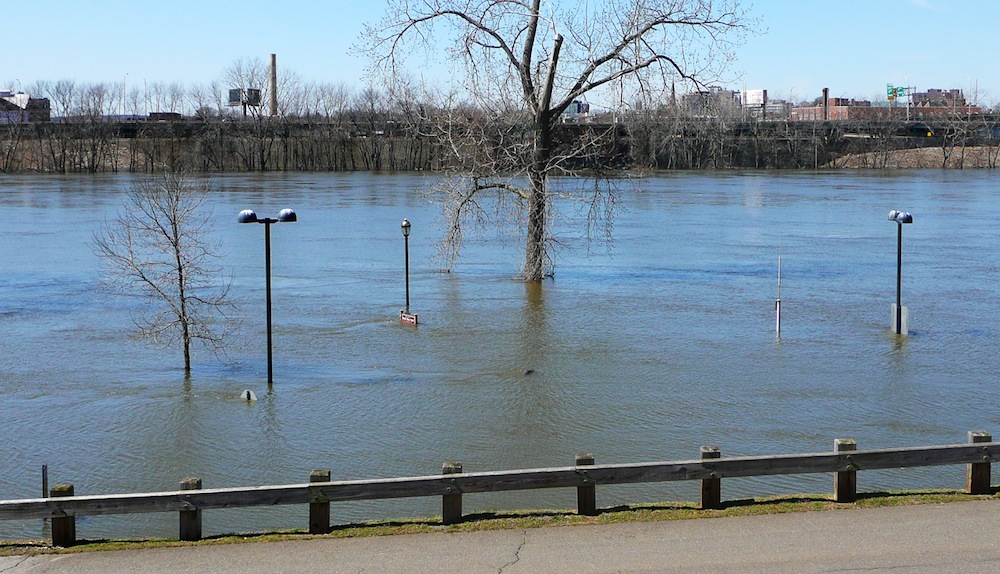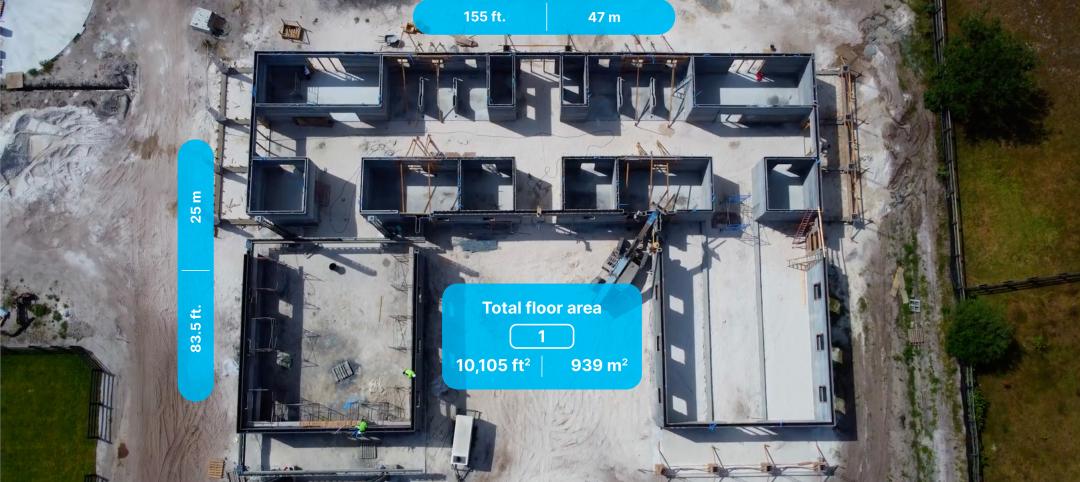Connecticut’s Governor Dannel Malloy has directed state agencies to develop new building code standards that will better protect residential and commercial structures from damage caused by flooding and high winds.
The governor’s office said in a statement that the action is being taken due to the expectation of more frequent and severe weather events as a result of global warming. The state’s Department of Administrative Services (DAS), the Department of Energy and Environmental Protection (DEEP), and the Insurance Department (CID) will work with the State Building Inspector to ensure that the next revision to the state building code contains standards to improve resiliency of new and renovated homes and buildings.
“Over the past several years, revisions to the state the building code have incorporated higher energy efficiency standards to help reduce demand for electricity, heat, and water,” Malloy said. “We believe it is now time to strengthen building codes to help protect buildings from damage caused by the high winds and flooding that come with severe weather conditions. Experts say that every dollar invested in more resilient construction can save $4 in insurance claims, which is a significant return on investment.”
Among the measure that will be examined, are:
- Requirement to seal seams in the roof deck to eliminate or reduce the volume of water that can seep in if shingles are blown off in a storm
- Stronger tie-down of roofs to the building structure and gable end vents
- Require impact resistant glass in areas of state subject to high winds
Related Stories
Sustainability | Jul 26, 2023
Carbon Neutrality at HKS, with Rand Ekman, Chief Sustainability Officer
Rand Ekman, Chief Sustainability Officer at HKS Inc., discusses the firm's decarbonization strategy and carbon footprint assessment.
Designers | Jul 25, 2023
The latest 'five in focus' healthcare interior design trends
HMC Architects’ Five in Focus blog series explores the latest trends, ideas, and innovations shaping the future of healthcare design.
Sponsored | Fire and Life Safety | Jul 12, 2023
Fire safety considerations for cantilevered buildings [AIA course]
Bold cantilevered designs are prevalent today, as developers and architects strive to maximize space, views, and natural light in buildings. Cantilevered structures, however, present a host of challenges for building teams, according to José R. Rivera, PE, Associate Principal and Director of Plumbing and Fire Protection with Lilker.
Building Owners | Jul 12, 2023
Building movement: When is it a problem?
As buildings age, their structural conditions can deteriorate, causing damage and safety concerns. In order to mitigate this, it’s important to engage in the regular inspection and condition assessment of buildings for diagnosis.
Codes | Jul 10, 2023
Water Demand Calculator outperforms traditional plumbing codes for energy, carbon, and water savings
Using IAPMO’s Water Demand Calculator tool can result in energy, carbon, and water savings as compared to using traditional plumbing specification methods in plumbing codes, according to a study by Arup.
3D Printing | Jun 20, 2023
World's largest 3D-printed building completed in Florida
Printed Farms, known for completing Florida’s first permitted 3D-printed house in Tallahassee, announces the completion of the world’s largest 3D-printed building: a luxury horse barn.
Resiliency | Jun 14, 2023
HUD offers $4.8 billion in funding for green and resilient building retrofit projects
The Department of Housing and Urban Development (HUD) recently released guidelines for its Green and Resilient Retrofit Program (GRRP) that has $4.8 billion for funding green projects.
Engineers | Jun 5, 2023
How to properly assess structural wind damage
Properly assessing wind damage can identify vulnerabilities in a building's design or construction, which could lead to future damage or loss, writes Matt Wagner, SE, Principal and Managing Director with Walter P Moore.
Energy-Efficient Design | Jun 5, 2023
Implementing an ‘asset drawdown strategy’ for site decarbonization
Solidifying a decarbonization plan via an “asset drawdown strategy” that carefully considers both capital and operating costs represents a game-changing opportunity for existing properties to compete with new projects.
Cladding and Facade Systems | Jun 5, 2023
27 important questions about façade leakage
Walter P Moore’s Darek Brandt discusses the key questions building owners and property managers should be asking to determine the health of their building's façade.

















